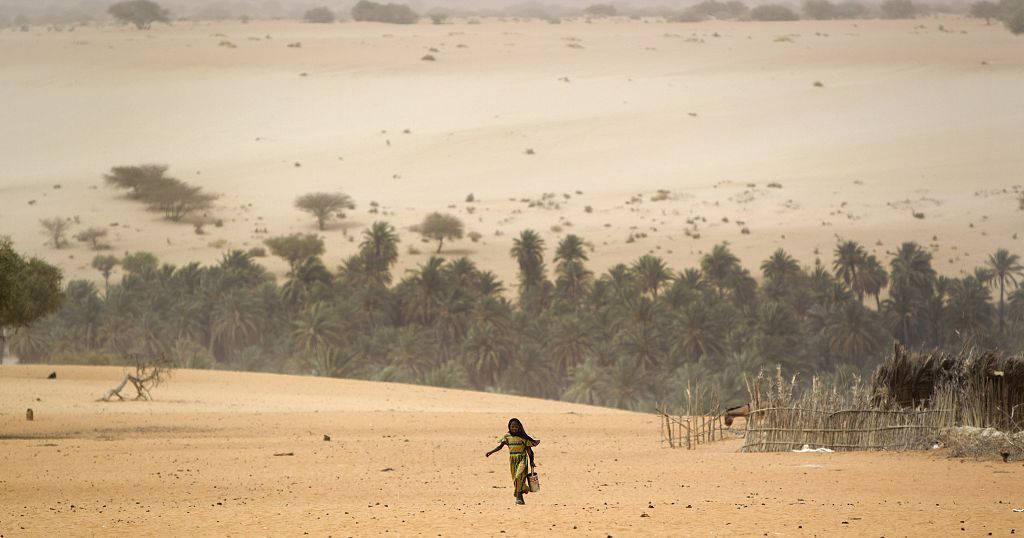
Children in Africa are among the most at risk of the impacts of climate change, but are “woefully” neglected by the key financing flows required to help them adapt, survive and respond to the crisis, the United Nations said on Friday.
According to a new report by the children’s agency, UNICEF, youngsters in 48 out of the 49 African countries assessed are categorised as at high or extremely high risk to the impacts of climate change.
The analysis assessed nations based on children’s exposure to climate and environmental shocks, such as cyclones and heatwaves, as well as their vulnerability to those shocks, based on their access to essential services.
Africa is home to some of the countries least responsible for carbon emissions, but is hit disproportionately hard by droughts, flooding, storms, and heatwaves.
“The water stress that the continent is living is estimated to affect 250 million people in Africa at any given time,” said Bruno Pozzi, Deputy Director, Ecosystems Division United Nations Environment Programme.
“So considering, I don’t have the latest statistics, but with roughly one billion people on the continent, this means one out of four on the continent is affected directly by this water stress and the effect of climate change.”
The UNICEF report was published days before the first ever Africa Climate Summit to be held in the Kenyan capital Nairobi next week.
The UN agency said that less than three per cent of global funding to tackle climate change was directed at children, and called for more to be done, especially by the private sector.
“More efforts, therefore, are needed locally and internationally to support adaptation to climate change, to invest in climate solutions,” said Pozzi.
“There is really an opportunity with the summit that takes place this week and next to accelerate action, to really deliver the financial commitments that have been made since years, so that we can build this rapid and essential impact needed in the next decade.”
UNICEF said children are physically less able to withstand and survive hazards such as floods, droughts, storms, and heatwaves. And they are physiologically more vulnerable to toxic substances such as lead and other forms of pollution.
The UN agency found that children in the Central African Republic, Chad, Nigeria, Guinea, Somalia, and Guinea-Bissau are the most impacted.
Read More: World News | Entertainment News | Celeb News
African News








